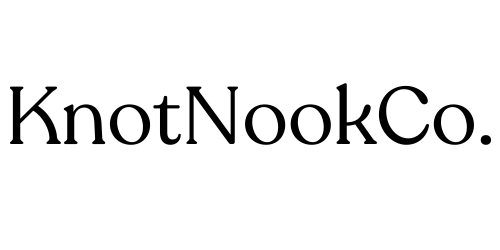Understanding the Differences Between US and UK Crochet Terms
Crochet enthusiasts on either side of the Atlantic might be surprised to find that a simple pattern can become quite perplexing due to differences in terminology between the US and the UK. Although both countries speak English, the terms they use for crochet stitches are not always the same, which can lead to some confusion, especially for beginners. This blog post will delve into the key differences between US and UK crochet terms, helping you navigate patterns from different English-speaking countries with ease.
The Basics of Crochet Terms
First, it’s important to understand that the actual techniques and stitches are the same; it’s just the names that differ. When you read a crochet pattern, it's crucial to identify whether it’s written in US or UK terminology to ensure you're using the correct stitches. Here’s a guide to help you translate the most common terms:
| US Term | UK Term | Description |
|---|---|---|
| Slip stitch | Slip stitch | A simple stitch used to join two pieces of work together. |
| Single crochet (sc) | Double crochet (dc) | A basic crochet stitch involving one yarn over. |
| Half double crochet (hdc) | Half treble crochet (htr) | A stitch that is taller than a single crochet but shorter than a double crochet. |
| Double crochet (dc) | Treble crochet (tr) | A staple in creating various crochet fabrics, involves yarn over before inserting the hook. |
| Treble crochet (tr) | Double treble crochet (dtr) | A taller stitch, great for airy patterns. |
| Double treble crochet (dtr) | Triple treble crochet (trtr) | Used for very loose and lacy fabrics. |
Tips for Reading Patterns Across Borders
-
Identify the Origin: Check the author's bio or the source of the pattern to determine whether the terminology used is likely to be US or UK.
-
Use a Conversion Chart: Keep a crochet term conversion chart handy as a quick reference when working on patterns from different countries.
-
Mind the Yarn Weights and Hook Sizes: Remember that yarn weights and crochet hook sizes also differ between the US and the UK. For example, what is referred to as "worsted" yarn in the US is often called "aran" in the UK. Similarly, hook sizes are labeled differently, often in millimeters, which can be a more universal measurement to rely on.
-
Practice Makes Perfect: Try practicing stitches using both terminologies. This not only helps in understanding the differences but also makes you a versatile crocheter who can follow any pattern from around the world.
Why Do These Differences Exist?
The reasons behind the different terminologies are not well-documented, but it’s clear that crochet, like language, evolves differently in different contexts. As crochet spread and grew in popularity, regional variations developed naturally. Just as American and British English have evolved different words and spellings for the same concepts, so too have the terms used in crochet.
The Community Aspect
These differences in crochet terminology often spark discussions in online forums and groups, with many crocheters sharing tips and advice on interpreting patterns. Engaging with the global crochet community can be a wonderful way to learn more about the nuances of crochet terms and techniques used in different countries.
Conclusion
Whether you are a novice just starting out with crochet or a seasoned expert, understanding these differences in US and UK crochet terms can help you expand your range of patterns and projects. With a little practice and some careful attention to terminology, you can enjoy the rich variety of crochet patterns available worldwide, no matter where they originate. Happy crocheting!





